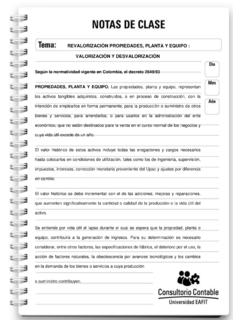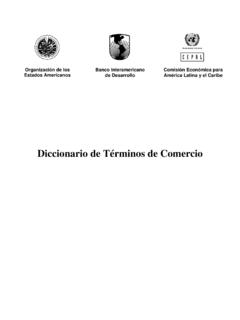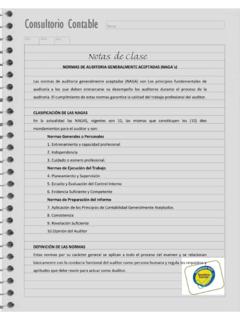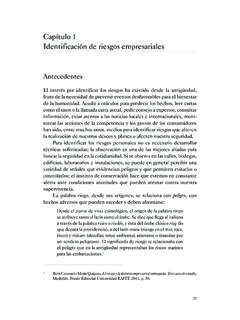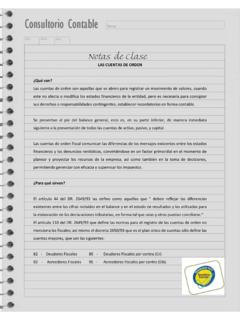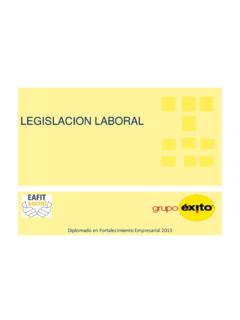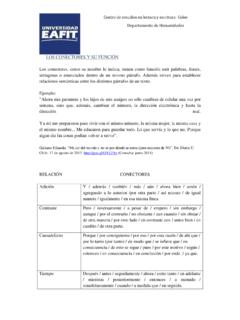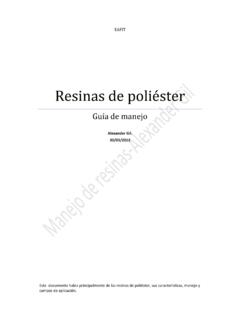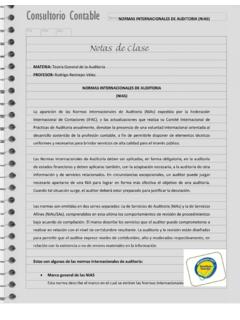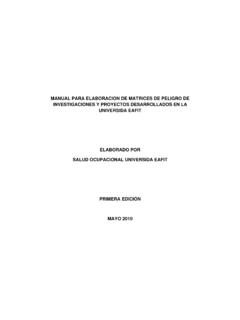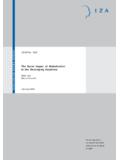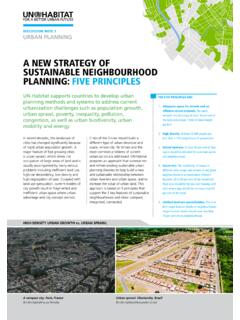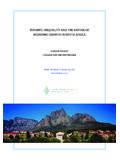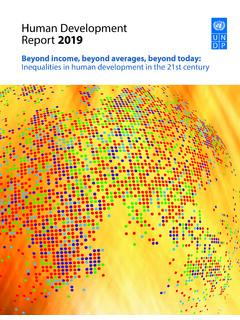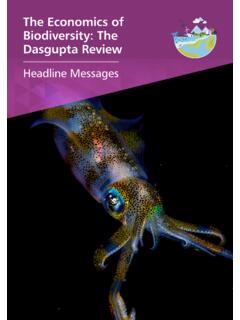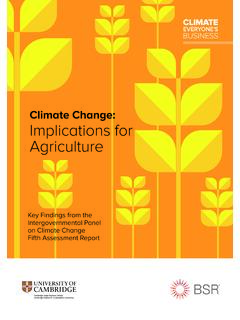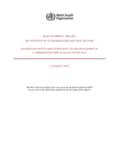Transcription of CHAPTER 1: INTRODUCTION TO SUSTAINABLE DEVELOPMENT
1 CHAPTER 1: INTRODUCTION TO SUSTAINABLE DEVELOPMENT PART I. SUSTAINABLE DEVELOPMENT AS AN ANALYTICAL AND NORMATIVE CONCEPT I. What is SUSTAINABLE DEVELOPMENT ? SUSTAINABLE DEVELOPMENT is a central concept for our age. It is both a way of understanding the world and a method for solving global problems. This book offers you an INTRODUCTION to this fascinating and vital field of thought and action. Our starting point is our crowded planet. There are now billion people on the planet, roughly 9 times the 800 million people estimated to have lived in 1750, at the start of the industrial revolution.
2 The world population continues to rise rapidly, by around 75-80 million people per year. Soon enough there will be 8 billion by the 2020s, and perhaps 9 billion by the early 2040s. These billions of people are looking for their foothold in the world economy. The poor are struggling to find the food, safe water, health care, and shelter they need for mere survival. Those just above poverty are looking for improved prosperity and a brighter future for their children. Those in the high-income world are hoping that technological advances will offer them and their families even higher levels of wellbeing.
3 It seems that the super-rich also jostle for their place on the world s rankings of richest people. In short, billion people are looking for economic improvement. They are doing so in a world economy that is increasingly connected through trade, finance, technologies, production flows, migration, and social networks. The scale of the world economy, now estimated to produce $90 trillion of output per year (a sum called the Gross World Product, or GWP), is unprecedented. By crude statistics, the GWP measures at least 100 times larger than back in 1750. In truth, such a comparison is not all that meaningful, since most of the world economy today consists of goods and services that did not even exist 250 years ago.
4 What we know is that the world economy is vast, growing rapidly (by 3-4 percent per year in scale), and highly unequal in the distribution of income within countries and between countries. Ours is a world of fabulous wealth and extreme poverty, of billions of people enjoying longevity and good health unimaginable in previous generations. Yet it is also a world in which at least 1 billion people live in such abject poverty that they struggle for mere survival every day. The poorest of the poor face the daily life-and-death challenges of insufficient nutrition, lack of health care, unsafe shelters, and the lack of safe drinking water and sanitation.
5 The world economy is not only remarkably unequal, but also remarkably threatening to the planet itself. Like all living species, humanity depends on nature for the provision of food and water, materials for survival, and safety from dire environmental threats, such as disease epidemics or natural catastrophes. Yet for a species that depends on the beneficence of nature, or on what the scientists call environmental services, we are doing a poor job of protecting the physical basis of our very survival. The gigantic world economy is creating a gigantic environmental crisis, one that threatens human wellbeing and even the survival of millions of other species on the planet, if not our own.
6 The environmental threats, we shall learn, are arising on several fronts. Humanity is changing the Earth s climate; the availability of fresh water; the ocean chemistry; and the habitats of other species. These impacts are now so large that the Earth itself is undergoing unmistakable changes in the functioning of key processes such as the cycles of water, nitrogen, and carbon upon which life depends. We don t know the precise scaling, timing, and implications of these changes, but we do know enough to understand that they are extremely dangerous, and unprecedented in the span of humanity s 10,000 years of civilization.
7 Thus we arrive at SUSTAINABLE DEVELOPMENT . As an intellectual pursuit, SUSTAINABLE DEVELOPMENT tries to make sense of the interactions of three complex systems: the world economy, the global society, and the Earth s physical environment. How does an economy of billion people, and $90 trillion Gross World Output, change over time? What causes economic growth ? Why does poverty persist? What happens when billions of people are suddenly interconnected through markets, technology, finance, and social networks? How does a global society of such inequality of income, wealth, and power, function?
8 Can the poor escape their fate? Can human trust and sympathy surmount the divisions of class and power? And what happens when the world economy is on a collision course with the physical environment? Is there a way to change course, a way to combine economic DEVELOPMENT with environmental sustainability? SUSTAINABLE DEVELOPMENT is also a normative outlook on the world, meaning that it recommends a set of goals to which the world should aspire. In this normative (or ethical) sense, SUSTAINABLE DEVELOPMENT calls for a world in which economic progress is widespread; extreme poverty is eliminated; social trust is encouraged through policies that strengthen the community; and the environment is protected from human-induced degradation.
9 Notice that SUSTAINABLE DEVELOPMENT recommends a holistic framework, in which society aims for economic, social, and environmental goals. Sometimes the following shorthand is used: SUSTAINABLE DEVELOPMENT calls for socially inclusive and environmentally SUSTAINABLE economic growth . To achieve the economic, social, and environmental objectives, a fourth objective must also be achieved: good governance. Governments must carry out many core functions to enable societies to prosper. Among these core functions of government are the provision of social services such as healthcare and education; the provision of infrastructure such as roads, ports, and power; the protection of individuals from crime and violence; the promotion of basic science and new technologies; and the implementation of regulations to protect the environment.
10 Of course, this list is just a brief subset of what people around the world hope for from their governments. In fact, all too often they get the reverse: corruption, war, and an absence of public services. In our world today, good governance cannot refer only to governments. The world s multinational companies are often the most powerful actors. Our wellbeing depends on these powerful companies obeying the law, respecting the natural environment, and helping the communities in which they operate, especially to overcome extreme poverty. Yet as with governments, reality is often the reverse.
